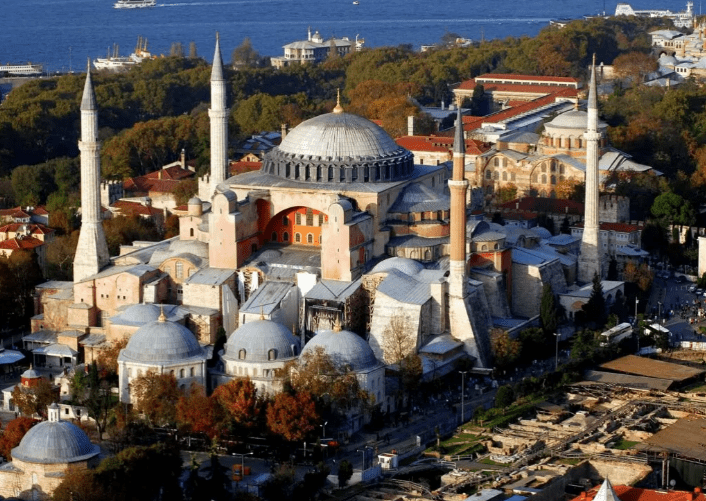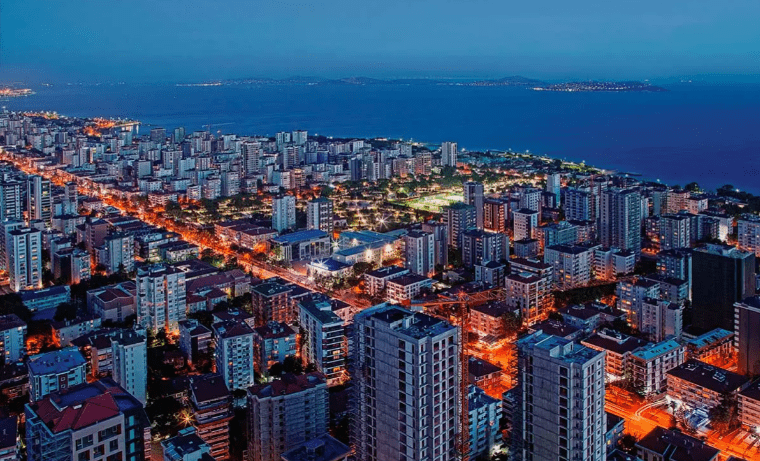Basilica Cistern
History, how to get there...
The Basilica Cistern , which was built to supply water to the city during the Byzantine period, is undoubtedly one of the most interesting historical sites in Istanbul. A trip to Sultanahmet is unthinkable without visiting the Basilica Cistern.
Heey! Booking Now... Pay Later!
Daily City Tours Booking Form
This place cannot be said to have shaped history as much as Hagia Sophia or Topkapi Palace , but this 1,500-year-old building has such a mystical and impressive atmosphere that it is definitely not to be missed. We know that Sultanahmet tours can be quite tiring, but don’t give up and pass by the Basilica Cistern. You will definitely say: “It’s good that I visited here.” A visit to this remarkable place will not take much time (unlike others).
Story
The Byzantine structure was erected by Emperor Justinian in 532. The underground cistern, also known as the “Underground Basilica”, is today the best preserved cistern in Istanbul. Supposedly, more than 7,000 slaves were involved in the construction of this cistern. The Basilica Cistern was designed as a water storage facility to serve the Great Byzantine Palace and surrounding structures. Water was supposed to be taken from the Black Sea, from a reservoir with a capacity of 80,000 cubic meters through a 20-kilometer aqueduct. Perhaps the most interesting feature of this cistern is the upside-down Medusa heads in the northwest corner of the cistern. Besides being a tourist attraction and museum, the Basilica Cistern; Today, modern concerts and theatrical performances take place under its historic roof.
After the Byzantine period, the cistern was closed and remained abandoned for centuries; Moreover, houses were built on it. Later, the Ottomans only used the cistern for tasks such as watering the Topkapi Palace garden , as the water here was stagnant. It was renovated during the reign of Abdülhamit. In the 1940s, the houses built on the cistern were demolished, and in 1955, cleanup and renovation work began, which lasted 3 years. The mirror carp that live in the cistern’s waters today (sources dating back to the 1500s also mention the existence of fish in the cistern) were added to the cistern at this time. In 1987, the municipality added an observation deck to the cistern and opened it to visitors.
Heads of Medusa Gorgon in the Basilica Cistern
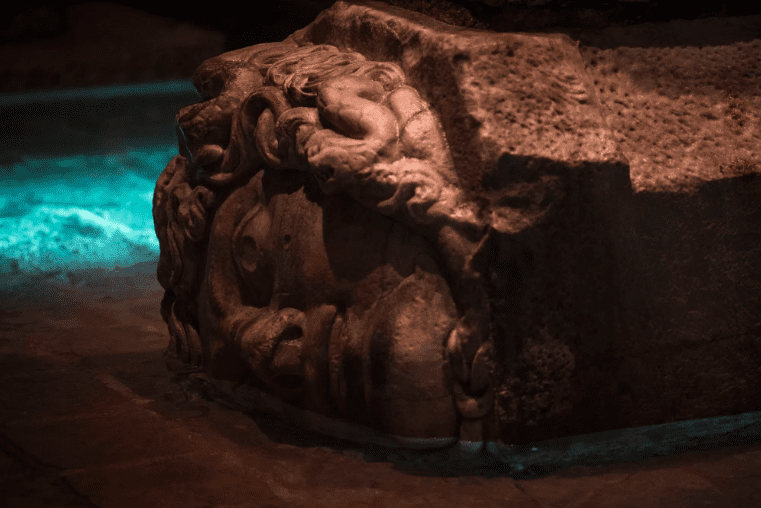
The two heads of Medusa, located under the columns in the northwestern corners of the Basilica Cistern and used as pedestals, are among the most beautiful symbols of the sculptural art of the Roman period. It still remains a question where these masterpieces were purchased and how they were brought here, attracting the attention of every local and foreign tourist visiting the cistern.
According to ancient legends, Medusa is a woman who was proud of her black eyes, long hair and perfect body. She was in love with Perseus, the son of Zeus. But it is known that Athena was also in love with Perseus and was jealous of Medusa. According to legend, it was Athena who turned Medusa’s hair into snakes. And everyone Medusa looked at turned to stone. And she herself turned into stone, looking in the mirror. The sculptor made Medusa in three different positions according to the angles of light reflection.
What attractions are near Basilica Cistern?
Goodwill Tank, 7 minutes
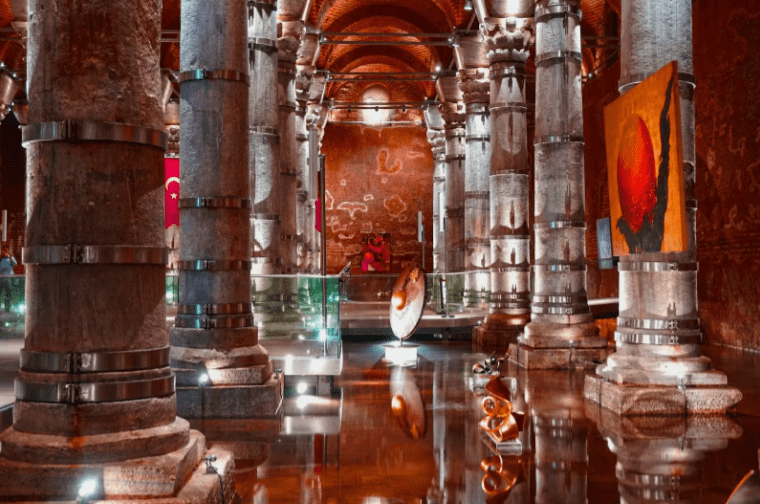
Sherefiye Cistern is one of the oldest water structures on the Historical Peninsula of Istanbul – its age is about 1600 years. It does not have a building inscription, but it is believed that Sherefie was built during the reign of Theodosius II (408-450), based on its architectural features. Sherefie Cistern has 45 vaults and 32 columns, and covers an area of approximately 24 meters by 40 meters with a ceiling height of 11 meters.
Sherefiye Cistern is the first museum in Turkey with a 360° mapping system and the oldest building in the world to integrate this system. The museum offers a unique experience – immersing yourself in the 1600-year history of this place, experiencing this space in three dimensions, touching the history of both the Sherefiye Cistern and the water culture of Istanbul.
Sirkeci Railway Station, 12 minutes
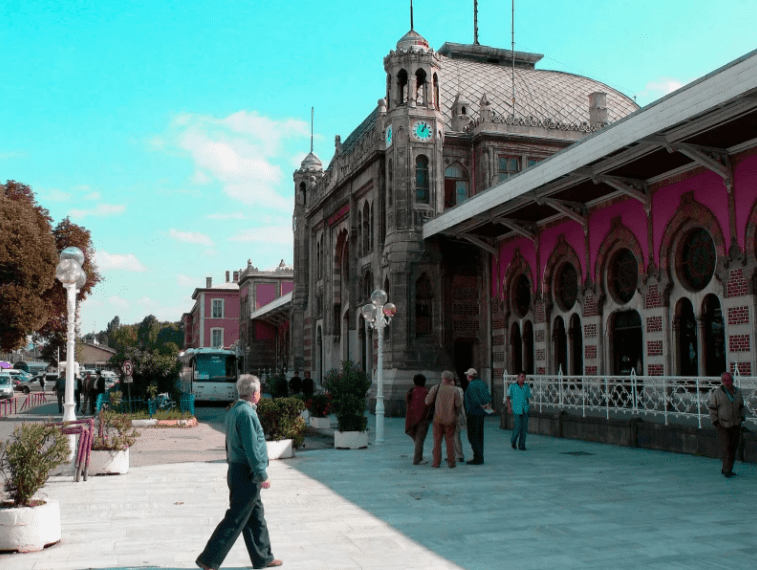
Sirkeci Railway Station, the first train station on the European side of Istanbul, is a historical building that has always been considered one of the most special places in Istanbul. This station is often found in poems, where the joy of meetings and the sadness of partings are mixed together.
Sirkeci Train Station, which was one of the first stops for those coming to Istanbul, has been an iconic destination for those nostalgic for the city for many years. The Istanbul Railway Museum is also located here.
Egyptian Bazaar, 15 minutes
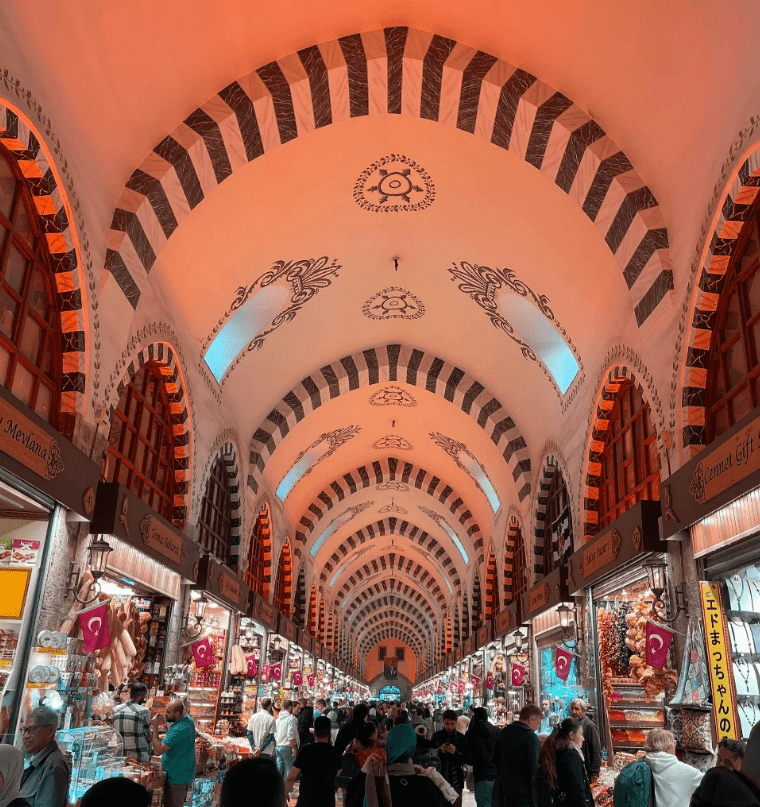
The Egyptian Bazaar , located in the Eminonu district of Istanbul, on 384 islands, is located in the New Mosque complex. It occupies Tahmis, Cicek Pazari and Yeni Kamii streets.
The Egyptian Bazaar is an arasta, made in the Ottoman classical style and consisting of a combination of two bazaars. On the long arm of the spice bazaar there are 46 aywans and stalls (2 rows of 23 facing each other), and 36 aivans and stalls (18 facing each other) on the short side.
Topkapi Palace Museum, 6 minutes
Topkapi Palace was built by Mehmed the Conqueror between 1460 and 1478 after the conquest of Istanbul. Subsequently, additional buildings carried out by the sultans gave it its current appearance. The construction, which began with mansions at Sarayburnu and a general improvement called the olive grove, continued with walls called Sur-i Sultani (Qala-i Sultani).
Topkapi Palace was turned into a museum on April 3, 1924, after the founding of the Turkish Republic, and has the honor of being the first museum of the young state. Topkapi Palace , which today covers an area of about 350,000 square meters (not including Gülhane Park), is one of the largest palace museums in the world, with its architecture, collections and approximately 300,000 archival documents.
Gulkhane Park, 10 minutes
Gülhane Park, a historical site that was used as the outer garden of Topkapi Palace and named after the roses growing there, was converted into a park and opened to the public in 1912.
The ceremony at which Mustafa Kemal Atatürk presented the Latin letters on a board to the public on November 24, 1928 took place in Gülhane Park. This indicates that the park retained its key importance during the Republican period.
Grand Bazaar, 11 minutes
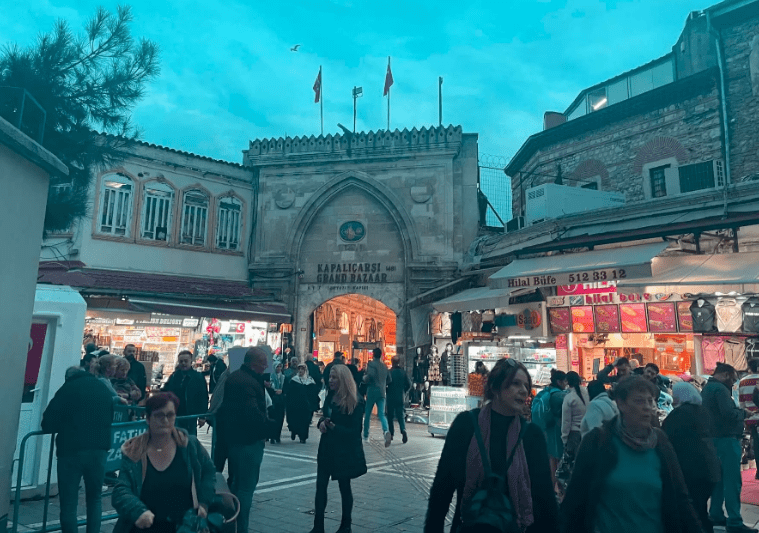
Fatih Sultan Mehmet began the construction of the Grand Bazaar in 1461, which is considered the date of the foundation of the bazaar. This big bazaar was built from wood by Suleiman the Magnificent. Evliya Celebi described this place as a mighty fortress.
Sultanahmet Square, 5 minutes
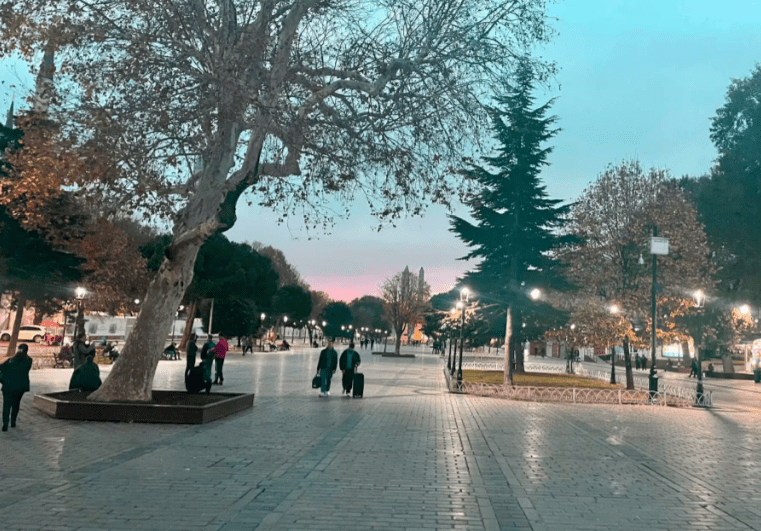
Sultanahmet is one of the most important squares in Istanbul and is considered the starting point of civilizations. This square is home to the Hagia Sophia , which has managed to survive centuries, and the Sultan Ahmet Mosque , which gives the square its name, the Museum of Turkish and Islamic Art, the Arasta Bazaar, the Basilica Cistern and the Binbirdirek Cistern.
Sultanahmet Square also houses the Knitted Obelisk, the Million Stone, the Obelisk brought from Egypt, the Serpentine Column brought from the Temple of Apollo at Delphi, and the German Fountain.
Archaeological Museums of Istanbul, 3 minutes
The Istanbul Archaeological Museums are a museum complex consisting of three main divisions – the Archaeological Museum, the Museum of Ancient Oriental Products and the Museum of Tiled Kiosks. The collections of the Istanbul Archaeological Museum, Turkey’s first museum, contain about a million artifacts from various cultures brought from imperial lands.
The oldest building (1472 Gregorian calendar) in the Istanbul Archaeological Museums complex is the Tile Kiosk. The Tile Kiosk Museum, which currently displays Turkish tiles and ceramics, is one of the oldest examples of Ottoman period civil architecture in Istanbul.
What to eat near the Basilica Cistern?
If you get hungry while visiting the Basilica Cistern, we recommend the following places to take a break, eat and drink coffee.
The historic restaurant “Sultanahmet Köftecisi”, also known as Selim Usta’s place, is famous for Sultanahmet’s famous meatballs. Don’t be surprised by the classics at the meatball restaurant, since it’s been in business since 1920. You must try the grilled meatball portions with piyaz. Please note that credit cards are not accepted here. Address: Alemdar Mahallesi Divanyolu Caddesi No: 12
The Poika cafe is located in one of the alleys that you will see when you get off the tram. It will immediately attract your attention because it is a fairly modern cafe, unlike authentic establishments. There is nothing better than keeping the pulse of the street at a table by the window, drinking coffee from Petra or tea from Chado. There are also breakfast options with sandwiches and other snacks. Address: Alemdar, Haji Tahsin Bey Sk. No. 7/A, 34110 Fatih
What hotels are nearby?
- Hippodrome Hotel
- Nobel Hostel
- Zem Hotel
- Royan Suites
- Turkoman Hotel
- No12 Hotel Sultanahmet
- Hotel Tulip House
- Constantinopolis Hotel
- Hotel Sumengen
- Azade Hotel Istanbul
Basilica Cistern and James Bond
Basilica Cistern, where some scenes from the latest James Bond film Skyfall and Russell Crowe’s The Last Resort were filmed, was chosen as the second most popular location in Turkey. The Basilica Cistern, located in the Sultanahmet area, was deemed worthy of the 2014 Travellers’ Choice award, which was determined by a vote of millions of users on the travel website TripAdvisor . In the list of top ten sites chosen in Turkey, Basilica Cistern was ranked second after the ancient city of Ephesus.
Basilica Cistern, entrance price, 2024
After the Basilica Cistern was restored, the entrance fee was also updated. Current fees are as follows:
- For domestic tourist: 50 TL
- For foreign tourists: 300 TL
Note: The Museum Card is not valid as it is not associated with the Ministry of Culture. Credit cards and cash accepted. Currency is not accepted. Entrance tickets are said to be available to purchase online through Passo .
Since the entrance fee for Yerebatan Cistern may change, we strongly recommend that you get confirmation from the official website of Yerebatan Cistern.
Basilica Cistern, opening hours
It is recommended to pay attention to the days and times to visit the Basilica Cistern. The current visiting schedule is as follows: every day of the week from 09.00 to 19.00.
If you don’t want to visit on very crowded days, you can go on weekdays.
Basilica Cistern, Istanbul, address and how to get there
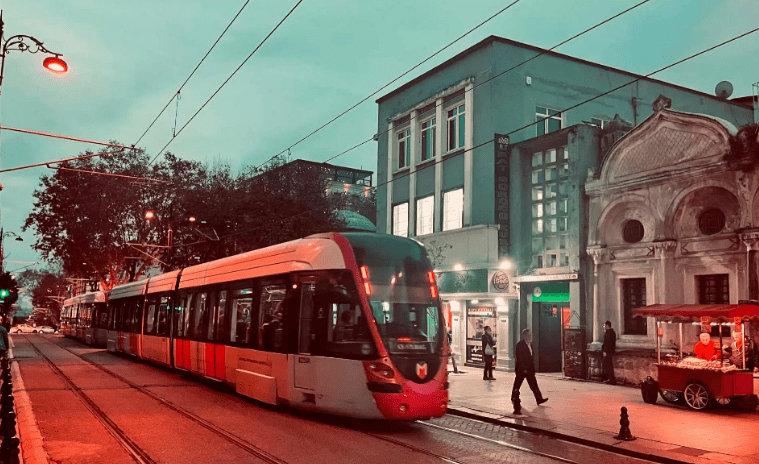
The Basilica Cistern is located in the Sultanahmet area , in the Fatih district of Istanbul. The exact address and location information for the Basilica Cistern, which is located on Sogukcesme Street, southwest of Hagia Sophia , is as follows:
Address: Yerebatan Cad. Alemdar Mah. 1/3 34410 Sultanahmet Fatih/Istanbul
How to get to the Basilica Cistern?
There are many options for getting to the Basilica Cistern in Istanbul. You can get here both by private transport and by public transport. You can get to the Basilica Cistern (which is next to Hagia Sophia) by tram from Eminonu. You must get off the tram at Sultanahmet station and head towards Yerebatan Street.
You can also take a ferry to visit the Basilica Cistern from the Anatolian side. Once off the ferry, you can take public transport to Sultanahmet .
Istanbul Travel Tips

